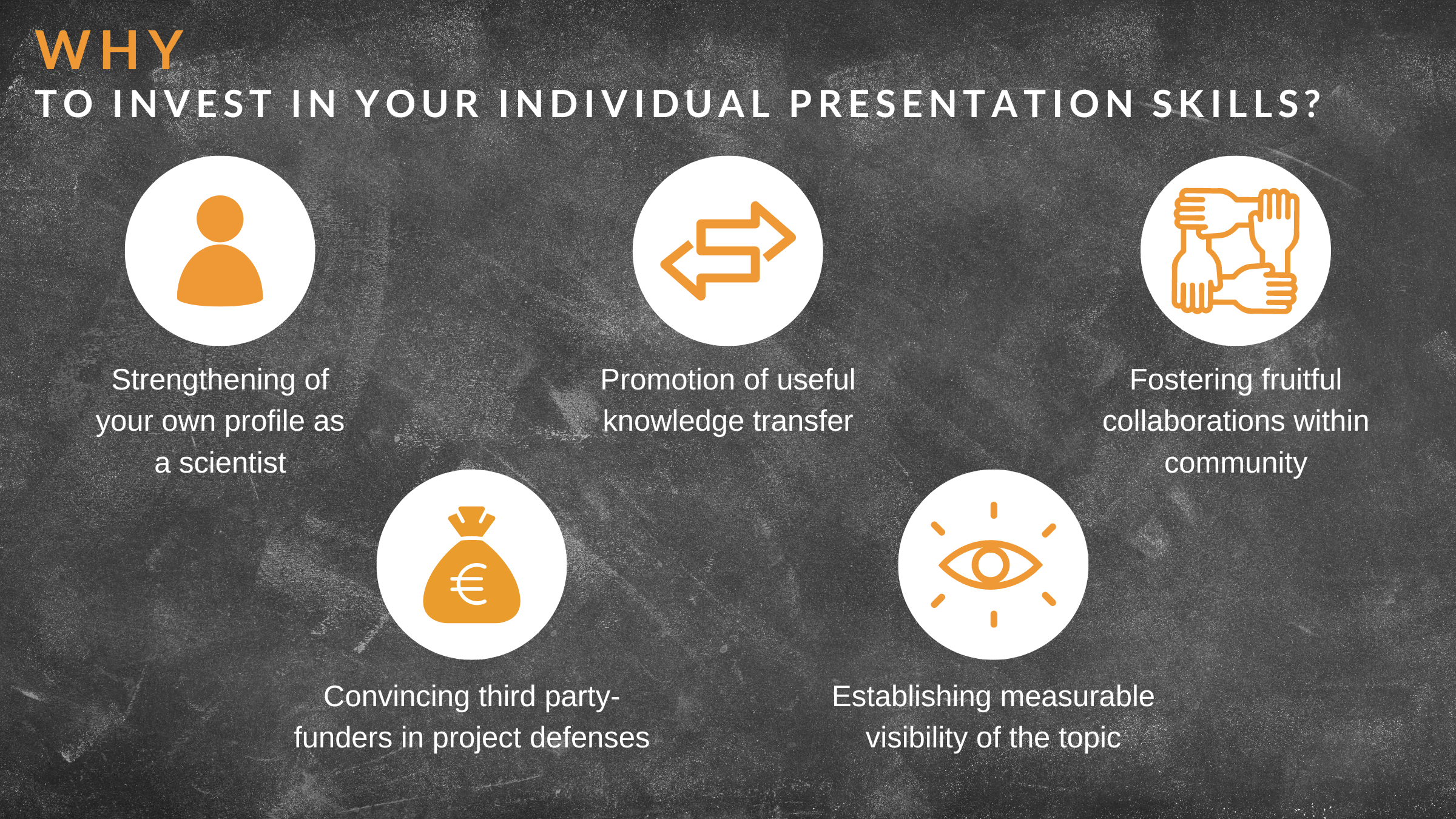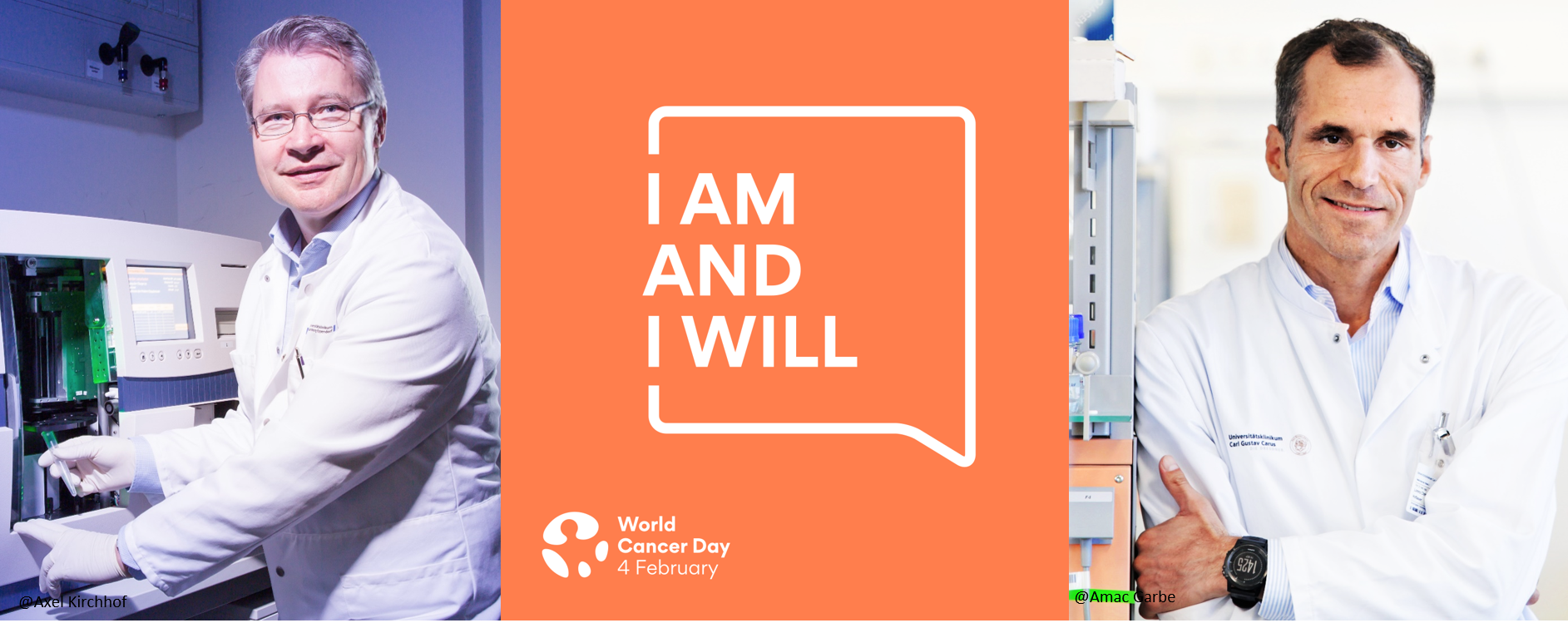Xuan-Than Le-Phuoc, Bone Lab Dresden
BioNTech, one of the leading companies in vaccine production, buying the London AI startup InstaDeep, has emphasized the role of programming – one of the most powerful modern tools – within biotech. As a PhD student spending most of my time working with cells, how did I start applying programming throughout my PhD journey?
Since becoming a PhD student, I have wished for a 48-hour day. Thus, after seven years of wet-labs with minor tasks, I have finally gained a huge motivation to learn programming.
My first programming side-project is automating quantitative PCR analysis. As a newbie in the molecular field, it took me 15 minutes to, effectively, “copy-paste” raw data of a PCR plate before I could analyze the gene expression with a graph. Similarly, analyzing four plates took me an hour, which I could have spent on thoroughly reading a paper, doing cell culture, or practicing another cool method. It was much worse when I made a mistake during the long process. Trying to work out what went wrong was a challenge. However, after an online-course of programming (and a little help from Google), now I can get the raw data ready for analysis in just ONE SECOND. Time efficiency is not the only massive benefit of automation, but repeatability as it removes the human element for error.
The project is running stably meanwhile and even other colleagues have now implemented my code. The more I program, the more ideas I get how it could help me with my PhD. I am applying automation for image analysis, to sort through literature, and to design my calendar to organize my lab-work and paper-related work.
I tried programming a couple of times in the past, but did not quite see the practical side of it. Only until I participated in Google’s “IT Automation with Python” on Coursera, it clicked. If I can do it, you can too! Once you have a feeling how these “crazy lines of words” work (that is how I thought about them before I started), it is easy to adapt to other languages such as VBA in Excel, Macros in ImageJ, or even Matlab (great for both data and image analysis).
The thing that you should keep in mind is that programming is a tool. You can collect as many as you want, but for a proper use, you need to go build a project. Do not be shy to ask google “How to do X”, because ninety nine percent of the time, someone has had the same question. The last step is understanding it and integrating it into your project.
Play harder, work smarter,
Thanh


